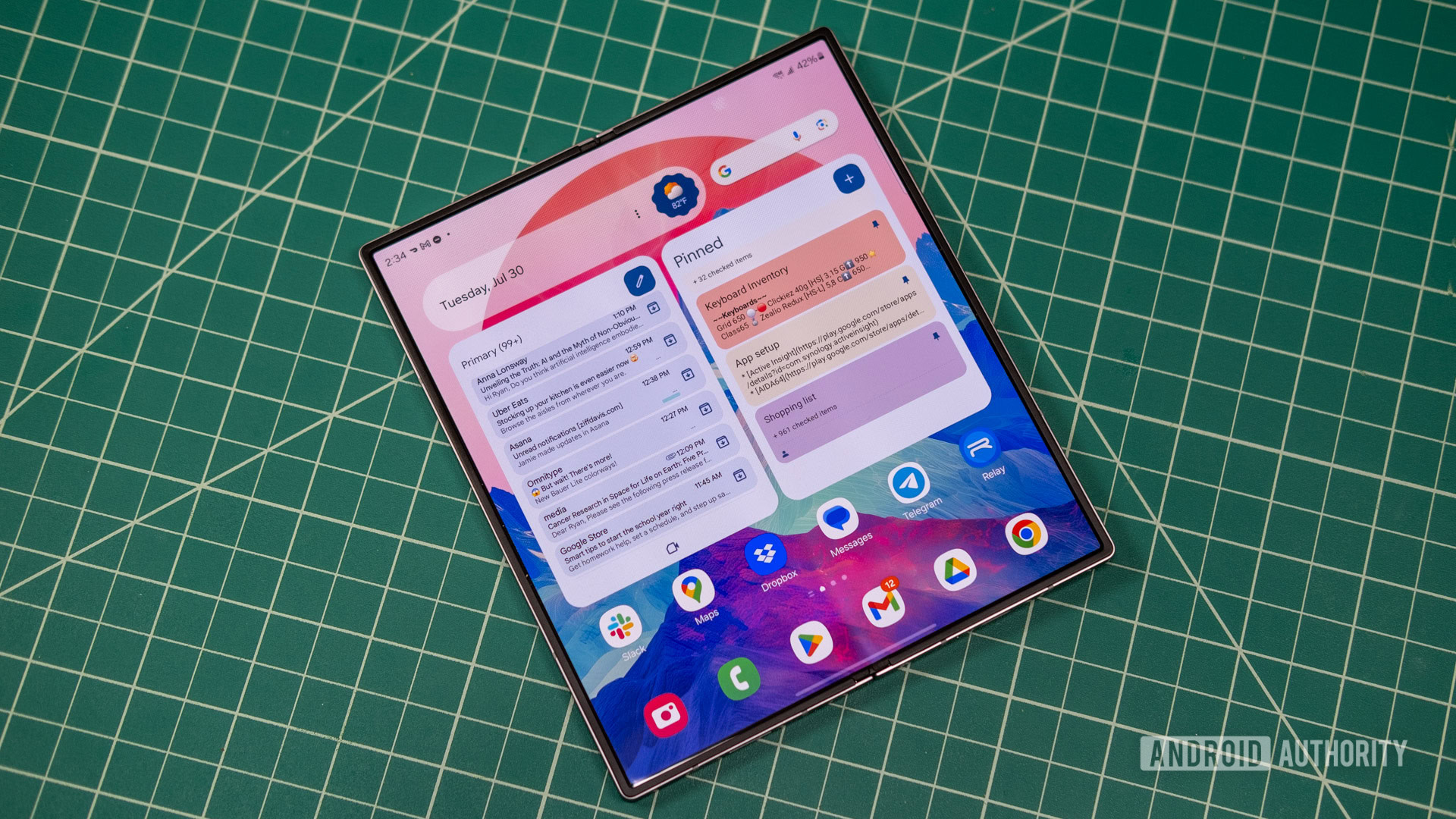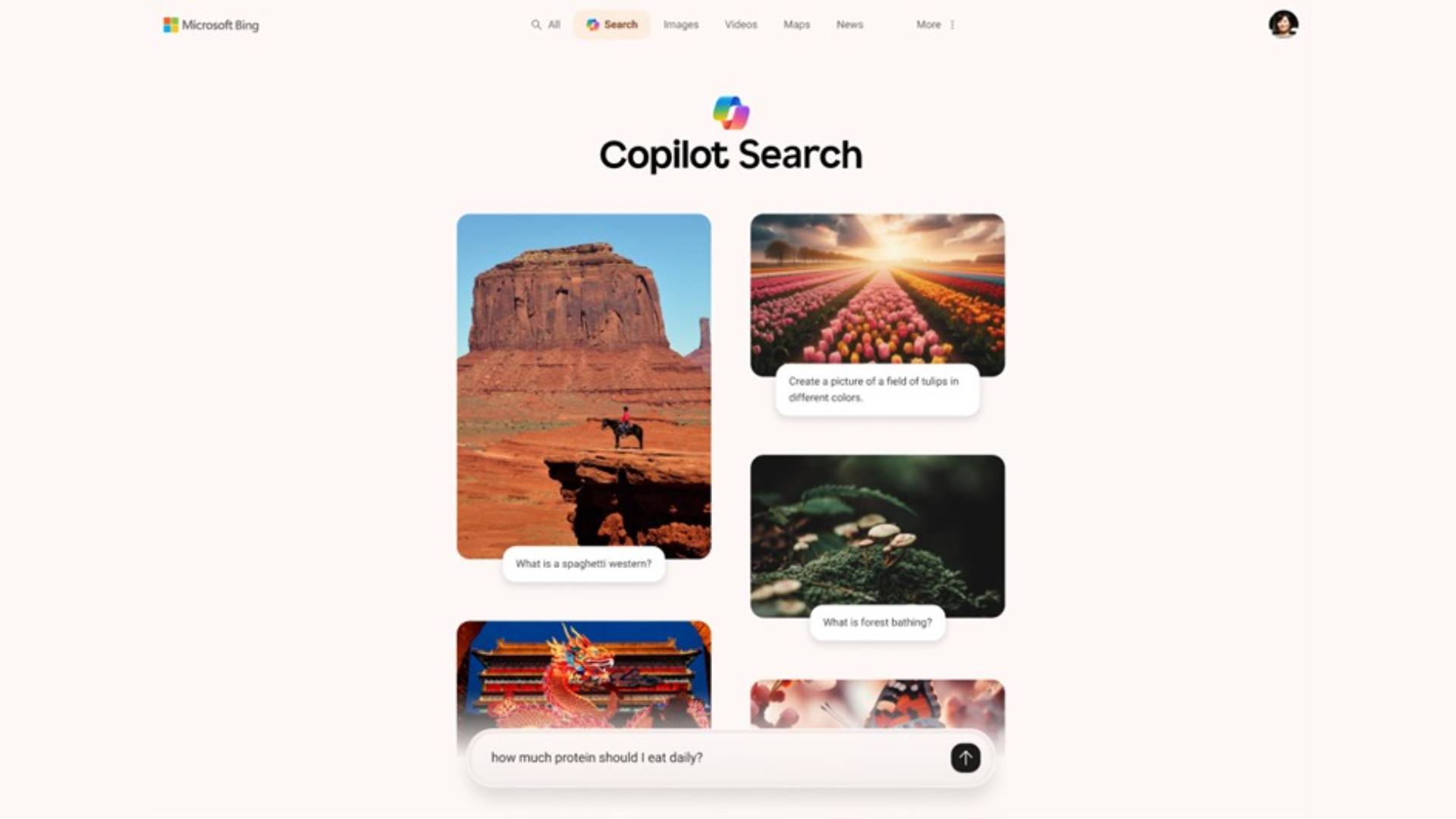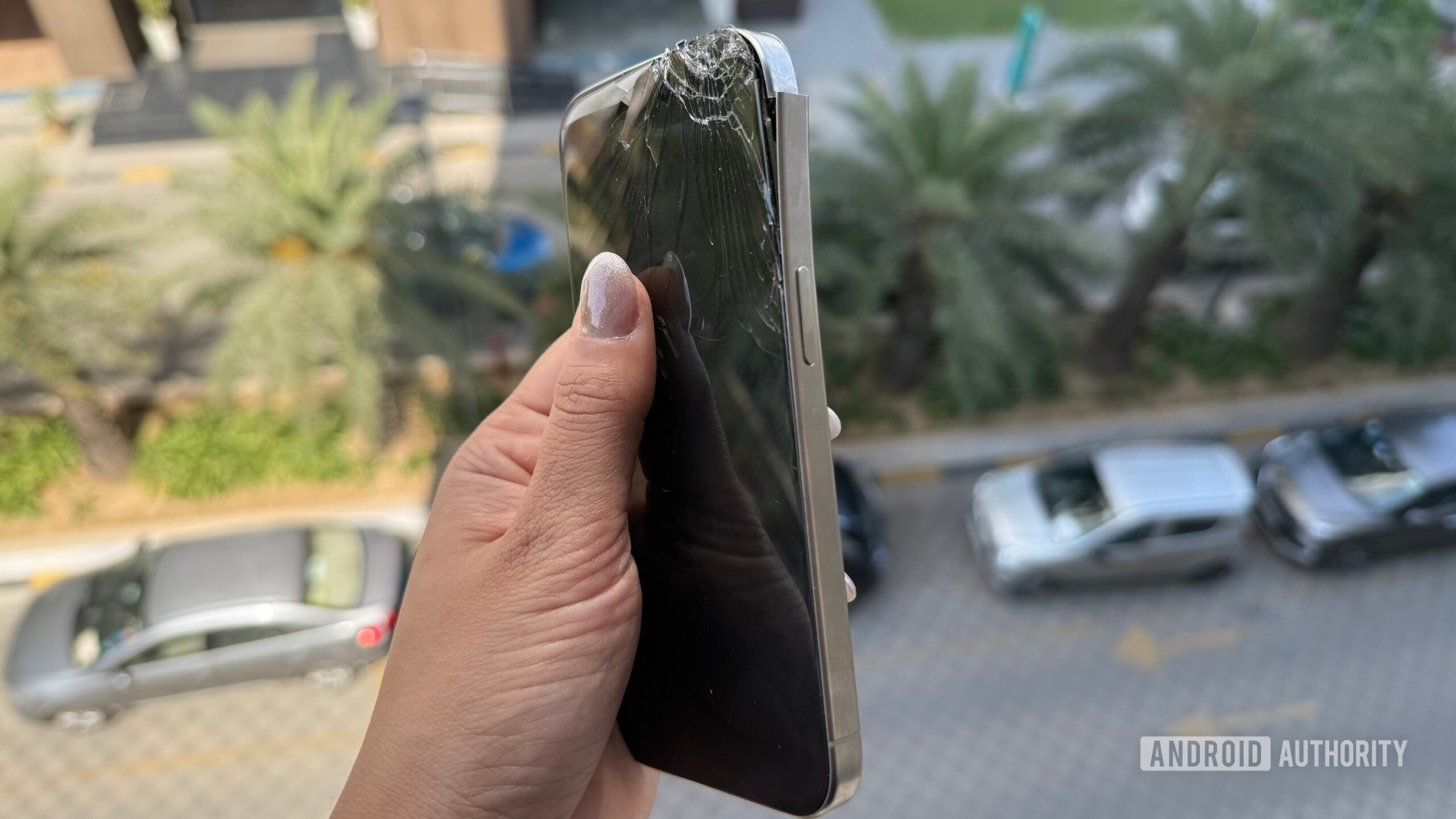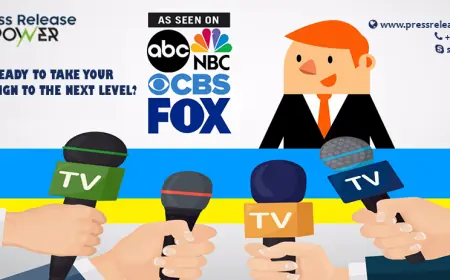The Truth About Buy Now, Pay Later Services and it’s Costs
Uncover the truth about Buy Now, Pay Later services and how it affects your finances. Learn how they work, the hidden costs, and the risks they pose.

Shopping online has changed forever with Buy Now, Pay Later services popping up everywhere. These payment options let shoppers split their purchases into smaller monthly chunks. Many stores offer buy now, pay later at checkout, making expensive items feel more affordable. The process works simply by breaking down payments into four or six parts. Most services claim zero interest and promise quick approval within minutes at checkout.
Buy now, pay later companies make their money through late fees and merchant charges in the UK. Missed payments can lead to fees between £6 and £25, depending on the service. The hidden costs stack up when multiple payment plans run at the same time. Shoppers often struggle to keep track of different due dates across various services.
Credit scores might take a hit when payments get missed on buy now, pay later services. Regular credit cards build credit history over time with good payment habits. Most buy now, pay later providers now report missed payments to credit bureaus in Britain.
The Real Cost of Convenience
Late fees can pile up fast when managing several purchases now and paying later payments each month. Smart shoppers should check their budgets before splitting any purchases into parts. The temptation to overspend grows stronger with easy access to payment plans.
Finding Better Options
Getting a loan for bad credit from a direct lender offers more structured support than buying now and paying for later services. These loans come with clear terms and fixed monthly payments over time. Borrowers know exactly what needs paying each month without juggling multiple plans.
Direct lenders often provide better interest rates compared to traditional banks for credit. Many lenders work specifically with people who have struggled with credit in the past. The application process stays simple while offering larger amounts than typical buy now, pay later services.
How Does Buying Now Pay Later Work?
Most online shops now offer ways to split big payments into smaller monthly amounts. Stores partner with payment companies like Afterpay and Klarna to make shopping feel easier. The checkout page shows clear options for spreading costs over several months or weeks.
Popular brands let shoppers break payments into four or six smaller chunks without fees. Getting approved takes just minutes during the normal checkout process these days. Many stores advertise these payment plans right next to product prices to attract buyers.
Zero Interest Promises
Payment companies make their offers sound great by promising zero interest charges. Most services skip the usual credit checks that banks and credit cards need. Young shoppers love these options because they seem safer than regular credit.
The approval process stays quick and simple compared to traditional credit cards. Shoppers can start using payment plans right away after a fast online check. Many people choose these services because they look less risky than credit cards.
Getting started needs much less paperwork than applying for regular store cards. The simple process attracts many first-time buyers who want flexible payment options. Regular shops and online stores both offer these payment choices now.
Real Costs to Watch
Late fees stack up quickly when payments get missed across different services.
Some companies start charging interest after the first few months pass by. Extra fees pop up when payments roll over into the next month repeatedly. Missing even one payment date can trigger unexpected charges.
Smart shoppers should read all terms carefully before splitting any payments. Keeping track of payment dates across different services needs careful attention. The total cost grows much higher when late fees and interest charges add up.
How Split Payments Change Shopping?
Split payments make buying expensive things feel easier than ever before. Shoppers often grab items they want right away instead of saving up first. The simple payment plans make spending more money feel less painful at checkout.
Many people end up using several payment plans across different online stores. Keeping track of payments becomes tricky when shopping at multiple places.
The ease of getting approved leads many shoppers to take on too many payments. Some people forget about earlier payment plans when starting new ones. Good budgeting becomes harder with money going out on different dates.
What Does This Mean For Your Money?
Having lots of payment plans can strain monthly budgets really quickly. Smart shoppers should write down all payment dates and amounts before buying more. Taking on too many payment plans makes saving money much harder each month.
Banks look closely at how many payment plans people have when checking loans. Having too many active plans makes getting approved for mortgages more difficult. Lenders worry when they see lots of split payments happening at once.
Missing payments hurts credit scores just like missing credit card payments does. The damage to credit scores can last several years after missing payments. Future borrowing gets more expensive when credit scores stay low.
Why It’s Easy to Fall Into Debt?
Buying now and paying later services make spending money way too easy for most people. These payment plans pop up everywhere online without checking if shoppers can really afford them. Many stores push these options hard, showing lower weekly amounts instead of full prices.
Regular bills like rent and utilities already take big chunks from monthly budgets. Adding several payment plans on top makes keeping track super tough. Most people forget about upcoming payments when they start new plans at different stores.
The real trouble starts when payment dates pile up in the same week. Missing just one payment leads to late fees, making the next month even harder. Some folks take on new payment plans just to cover stuff they needed last month. Breaking this cycle gets harder with each new split payment plan added. It is better to save up first than fall into the trap of endless payment plans.
Making Smart Money Choices
Traditional banks often turn down people who need loans because of past money troubles. Getting rejected for loans makes buying necessary items much harder for many people. Direct lenders offer fresh chances to those struggling with poor credit scores.
Finding Better Lending Options
Direct lenders look beyond just credit scores when reviewing loan applications these days. Many lenders understand that past financial problems should not block future opportunities. Their process makes borrowing money clearer and more straightforward than typical banks.
Getting Help When Needed
You may get a loan for bad credit from a direct lender that provides structured payment plans that work with different budgets. The application stays simple while offering reasonable interest rates for most situations. Borrowers receive clear information about monthly payments without hidden charges or fees.
These lenders help rebuild credit scores through consistent, manageable payment schedules over time. Support teams stand ready to help if any payment difficulties come up unexpectedly.
Conclusion
Financial education starts with understanding different payment options and their real costs. Simple research helps shoppers avoid expensive mistakes when buying things, they want. Better knowledge leads to wiser spending choices in both online and regular stores.
Smart shoppers know their monthly budget before making any big purchase decisions. Taking time to check bank accounts and regular bills prevents overspending each month. Keeping track of payment dates and amounts helps avoid any surprise charges.
What's Your Reaction?
 Like
0
Like
0
 Dislike
0
Dislike
0
 Love
0
Love
0
 Funny
0
Funny
0
 Angry
0
Angry
0
 Sad
0
Sad
0
 Wow
0
Wow
0




















































